ARKit and ARCore generate excitement among various segments of the tech industry for spurring adoption of augmented reality with consumers via mobile devices.
The consensus among many experts, though, is that the future lies within augmented reality headsets, and that the enterprise segment, rather than consumers, are the key to moving adoption forward.
Last week, Microsoft and Ford gave us a glimpse of that future.
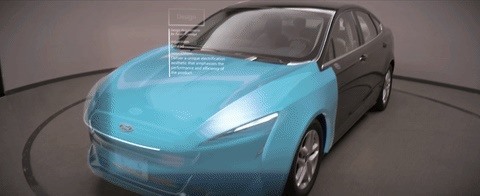
The automaker has begun inserting the HoloLens into its iterative design and engineering process. Instead of constructing clay models to represent the subtle design tweaks that designers apply to models each year, team members can project holograms of designs onto an existing model. Designers can make changes within the HoloLens, allowing others to see variations almost instantaneously.
"With HoloLens, we can instantly flip through virtual representations to decide which direction they should go," says Michael Smith, Ford design manager. "As a designer, you want to show, not just tell. This is much more compelling."
Moreover, the HoloLens becomes a collaborative tool. Reviewers can highlight sections and leave voice notes for designers to address at a later time.
HoloLens allows a whole team of people to collaborate, share, and experience ideas together. Mixing virtual and physical models is exciting, because it helps our designers and engineers communicate effectively and ideate to see what the future looks like earlier in the process. This allows great freedom and efficiency in how prototypes are created or changed.
If history is any indicator, then enterprise adoption will need to act as the innovators and early adopters before mainstream consumers step in. Desktop computers had to become a standard in the workplace before they evolved into a necessity in the home. Likewise, enterprise adoption of Blackberry and Windows Mobile devices were necessary before iPhones and Androids became indispensable to just about everyone else on the planet.
Google Glass is a prime example of the perils of pushing for consumer acceptance ahead of enterprise adoption. While it infamously tumbled as a consumer product, it has found new life as a tool for enterprise. Now, including Glass, a plethora of use cases exist of augmented reality as a hands-free method for guided instruction on processes in sectors like manufacturing, and adoption for this type of functionality is rising.
But AR has countless use cases beyond hands-free instruction, from modeling 3D point clouds to controlling drones.
Ford's story with HoloLens is type of innovation that can drive adoption forward. As leading companies become more creative in how they apply cutting-edge technology, others will follow or risk being left behind.
Just updated your iPhone? You'll find new emoji, enhanced security, podcast transcripts, Apple Cash virtual numbers, and other useful features. There are even new additions hidden within Safari. Find out what's new and changed on your iPhone with the iOS 17.4 update.
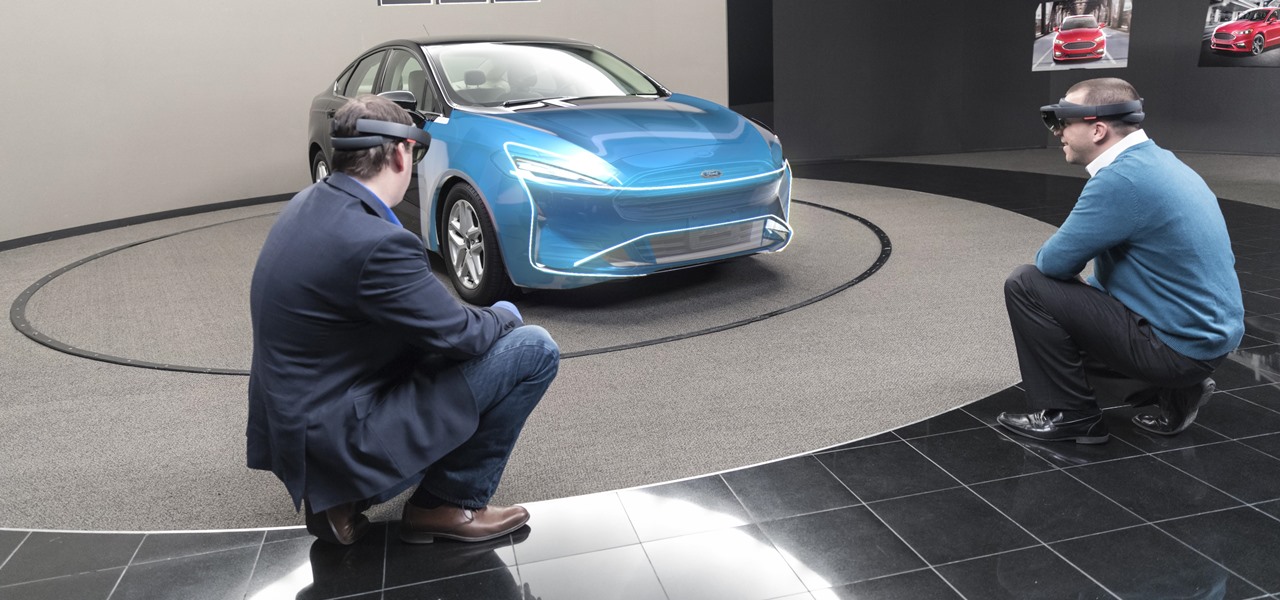


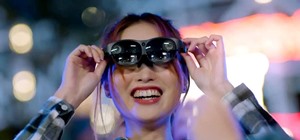
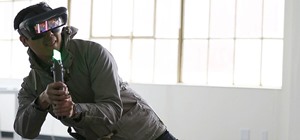




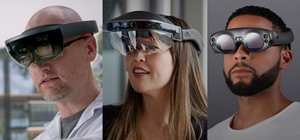

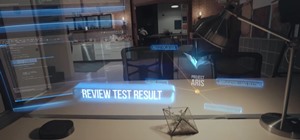


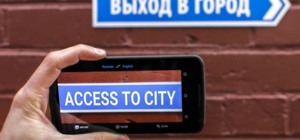
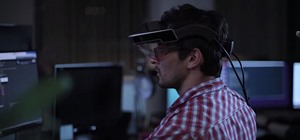




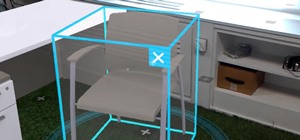
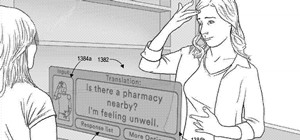

Be the First to Comment
Share Your Thoughts